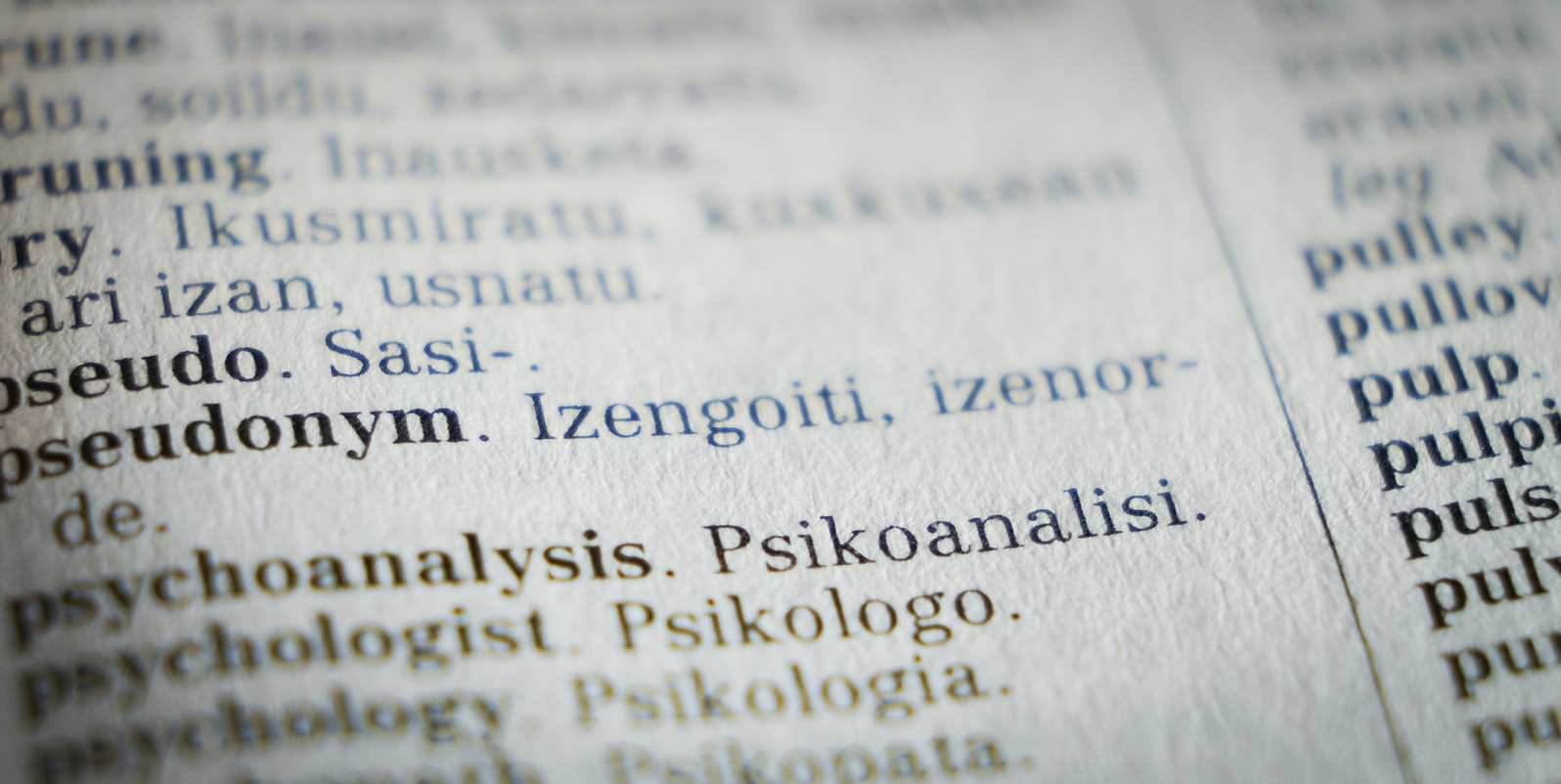Having a document translated can turn out to be trickier than you expected. This is because translation is far from a simple calculation. It’s not this word equals that word. The translation is an art form, involving an intricate understanding of language, culture, grammar, and emotional intention. So, it is advisable to hire Chinese Translation Agency for the accurate translation of your documents. The following four mistakes should be avoided at all costs if you are thinking of having a document translated.
1. Translating a Piece Word for Word
This is a common mistake that novice translators make. If someone puts one word for every word you’ve given them, you can bet that some of the true meaning of the original text is going to be missing. There are countless words across the world that do not translate so well. The goal should not be to have a piece that is a technical mirror of the original text but to have something that is going to capture the vitality and emotional impact of the original work.
For example, styles of humor vary drastically from language to language. If one of the goals of the piece is to make the reader laugh, a word for word translation is going to fall flat. The same thing applies to a copy that was written with the intention of converting the reader into a customer. What is appropriate in the midst of a sales discussion varies incredibly from language to language.
2. Not Having an Understanding of Both Language Cultures
Because a word for word translation is not ideal, whoever translates the work needs to have a deep understanding of both linguistic cultures present. Sometimes words are used and understood in non-academic ways as the meaning of words is constantly changing.
Sometimes something said in one culture is interpreted as rudeness in another culture, even though in the first situation, no social faux pas was committed. Experts at Architekst emphasize that this is why a specialized translator should be chosen — someone who understands the topic and the audience the writing is intended for within the context of culture. Without this, you run the risk of offending or confusing those who will be reading the translation.

3. Not Keeping Style and Grammar Appropriate
There was a reason the initial author chose the grammatical objects they did. Grammar and sentence structure and pacing all have a dramatic effect on how a piece of writing is perceived. A translation must take into account all of the things like mood, tone, and energy, that are being communicated more subtly, using the structure of the language, and find an equivalent way of expressing these emotions in the translated piece. Within a text, it is often just as important to note which words were left out as which ones were kept in.
4. Not Hiring a Professional
Looking at the above points, you can see why asking a friend who happens to speak two languages to translate might not be your best option. Translators are highly skilled individuals with years of practice interpreting the author’s true meaning and presenting it in the most authentic and appropriate way to a new audience. Typically, translation services have one experienced person doing the translation, and another person checking it to be sure that no mistakes were made.
The above four mistakes are by no means exhaustive. There are many other mistakes that can be made during translation, but these are the big ones from which a lot of the smaller ones stem. If you are ever uncertain about a translation, there is nothing wrong with getting a second opinion.
